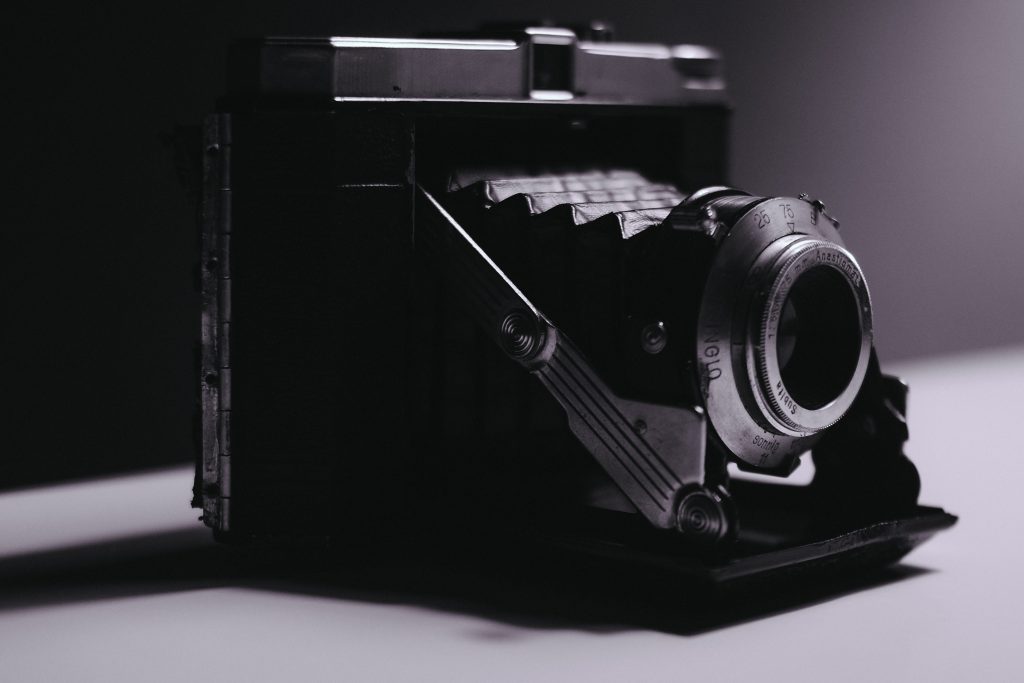
Camera settings – for beginners this is a tough subject! If you are a beginner and think just like me “oh, I’ll just use the auto settings” – just don’t.
I learnt a lot from YouTube. One of the first tutorials I watched was actually the best so far. The biggest lesson to learn is: do not trust your camera settings – you have to be in absolute control of your camera. Auto settings are a tempting tool but you have to forget about them until you master manual settings. I still haven’t and still rely a lot on what the preview on camera shows me.
“Before you become too entranced with gorgeous gadgets and mesmerizing video displays, let me remind you that information is not knowledge, knowledge is not wisdom, and wisdom is not foresight. Each grows out of the other, and we need them all.”
Arthur C. Clarke

Nowadays technology makes us very lazy – so much is done FOR us. I let myself tricked many times. You take a shot, you check on your digital screen – all great! You go home, all excited to see the final result and BAAANG – its totally dark, blurry, focus lost, poor colours, etc. Been there, done that. Do not trust your camera!
If you want to learn from the PROs – Peter McKinnon is by far considered my best vlogger and I highly recommend his tutorials. Here’s a link.
My tips for you
Aperture
I think a lot of beginning photographers don’t really pay much attention to aperture – it doesn’t seem like anything massively important at first but actually once you learn about ISO, you will appreciate the aperture range on your camera. My first professional (and favourite so far) lens has a minimum of 4.0 aperture which is not bad but I would really love the same lens with 1.2 minimum aperture to allow a lot more light in so I wouldn’t have to compromise ISO on many of my photographs.
ISO
Easy setting to make your photos brighter – I got tricked so many times… Before rising your ISO settings, you should understand what ISO actually means. ISO defines camera sensitivity to light. What most sources don’t exactly explain, is what happens to the image when you increase ISO value, and that’s the catchy bit – the higher ISO on your camera, the more grainy image you get! You should keep ISO to the lowest possible value. Otherwise, when you zoom in just a tiny little bit, you will see how bad the quality of the image gets – try it!
Shutter speed
Depending on what you’re shooting, plan your camera settings ahead. If you’re shooting moving objects, you’ll probably start with shutter speed and adjust the rest, like ISO or focal length. For kids portraits, animals, sport events, and anything else that you want to capture good details of when moving, you will need to increase shutter speed. There are instances where you want to lower your shutter speed, even though there are moving objects. You may need to use a tripod or another stable base for your camera. An example for this would be waterfalls. With high shutter speed, you’ll capture every drop of falling water. But sometimes, you may want to reflect the softness and flow of water in which case, you’d want to keep shutter speed low. On the left, you can see an image with a high shutter speed, on the right – lower. See how different the feel of these images is?
Composition
So many rules, so many possibilities… But still – learn them all. It will help you determine whether or not the photograph you really love is technically considered as good. It’s not about the quality of your camera, it’s about the capture. Anyone can buy a nice camera but not everyone can capture the right light at the right moment in the right proportions. There are multiple ways of getting the photograph right but there isn’t a right rule for all photographs. Depending on its message, purpose, object, there may be one or a number of rules that will work. Discover all, then decide which way to direct your idea.
Authenticity
Make your photos authentic. Capture real moments. Real emotions. Real events. It may just be a personal preference or professional requirement but I feel best about photographs that aren’t fake, posed or show pretended emotions. The true beauty of photography in my view is the real life moments captured in a single frame. If you get a good model, you’ll get the same outcome so it is subjective but the trick is to make the audience feel it’s real.
Good luck and I hope this helps you!

